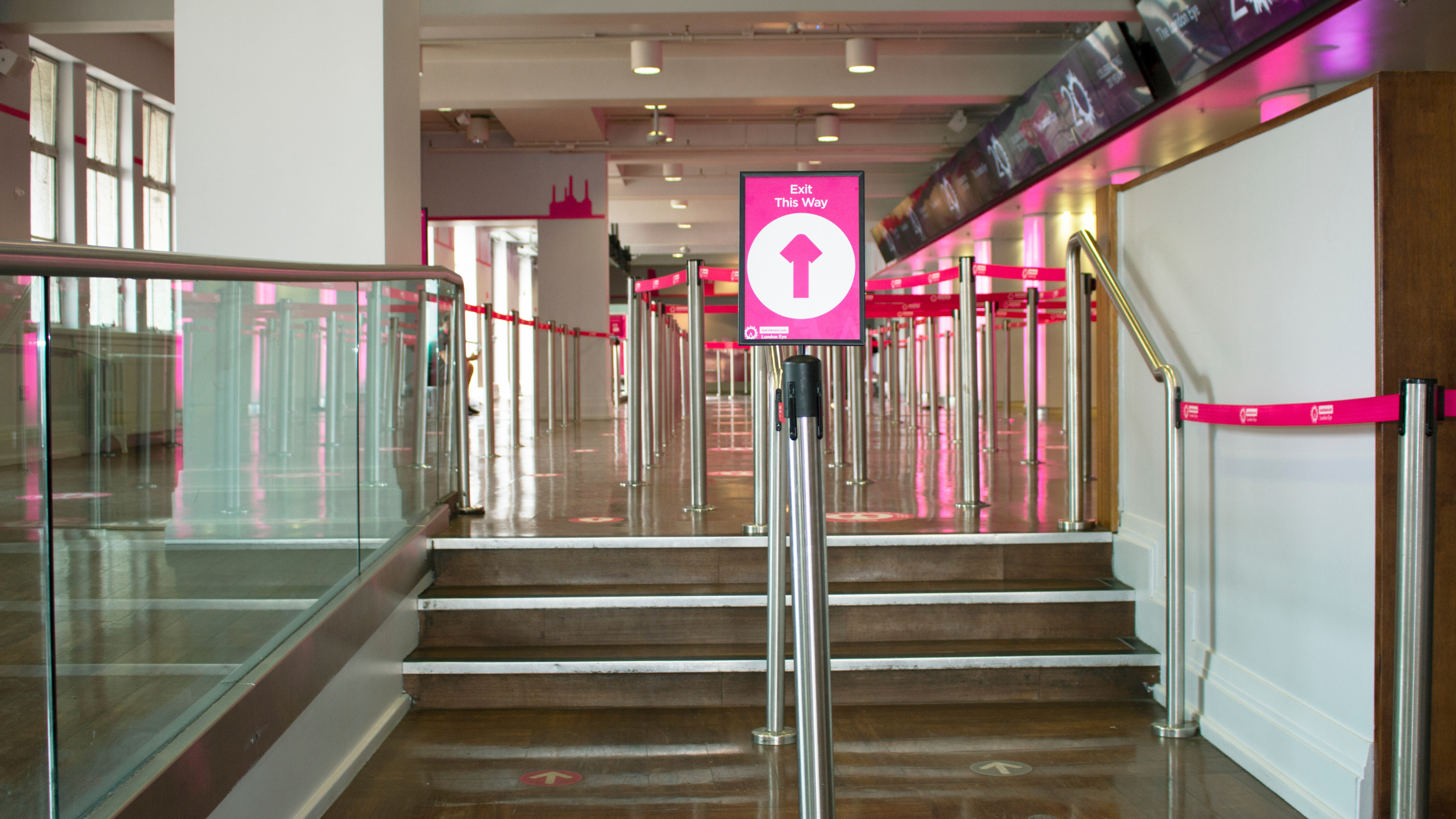- Home
- Sectors
- Solutions
- Tensabarrier®
- Tensator® Charging Stations
- Tensamedia® Wayfinding and Signage
- Lawrence® Post & Rope
- Tensator® Airport Passenger Guidance System
- Electronic Queuing – eQ™
- Tensaguide® Modular Barrier System
- Tensator Micam Protection – TMP
- Safety Solutions
- Access Control
- In-Queue Merchandising
- Virtual Queuing – VQMS
- Tensator® Virtual Assistant
- Custom & Bespoke Solutions
- Resources
- About
- Contact Us
- Shop
 English (English)
English (English)
2015 Technology’s Evolving Role in Consumer Decision Making
12
Jan

Leslie Hand, vice president, IDC Retail Insights makes note in IDC’s Retail Insights’ outlook for 2015 that there is a new fourth dimension to last year’s go-forward retail paradigm of the three Rs — Relationship, Relevance, and Reciprocity. For 2015, IDC sees another characteristic building on these three – Participation. “Relentless technology innovation underpins consumers’ participatory behavior and expectations,” says Hand.
We here at Tensator agree that the customer journey has expanded and that consumers are taking on a participatory role in their overall shopping experience – thanks to technology innovations. IDC states that the most successful retailers will find opportunities by putting mobility, analytics, cloud, and social to work in their customer and operations strategies – and recommends adopting omni-channel integration technologies and IT governance, unifying customer engagement for hyper-personalized loyalty, adopting product intelligence for marketing and competitive insight, employing location-based services via analytics-driven agile engagement and operations as well as utilizing socially networked on-demand delivery services.
In a recent MediaPost article, we see an example of the participatory role a consumer plays in their purchase decision making. A brick and mortar shopper asks a retailer to match an online price from another vendor for two products – they decline to match the online price based on a technicality. In less time than it takes for the retailer to return with the products to the counter – the shopper purchases the item on their mobile phone for the lesser price and has it shipped to their house for free.
In NRF’s “The Makings of a Mobile Holiday” Julie Ask, Vice President and Principal Analyst at Forrester Research says, “One in five consumers expects to be able to pick up their mobile phone and do anything from getting store hours to price comparisons to who has what in inventory. It’s all being driven by this expectation. Retailers are getting better at it, but many of them are still struggling to keep up with customer expectations.” The author goes on to say that the process wasn’t just about the ease of buying from a mobile phone; it was about the product selection, credit card information on file, shipping address stored and ease of follow-up by phone if there are any issues. They note that while shoppers obviously will continue to shop at physical retailers, the people running those stores will have to deal with the realization that purchasing while in that store is just one mobile click away.
Making it easy for shoppers to make their purchase decision is key to retail success in 2015. Retailers need to enable shoppers to participate in how, where and when their purchases are made. To compete effectively, brick and mortars need to embrace free shipping, click and collect, price matching or matching incentives, employ mobile greeter and virtual queuing technologies to speed up the checkout and offer greater convenience/loyalty rewards. By 2015, savvy retailers will have implemented these technologies and should have the necessary intelligence at their fingertips to increase staffing when needed on the fly. The 2015 consumer is going to brick and mortar outlets for excitement and an experience – if they can have the in-store experience coupled with the convenience that mobility delivers – retailers can expect to have a banner year ahead.



